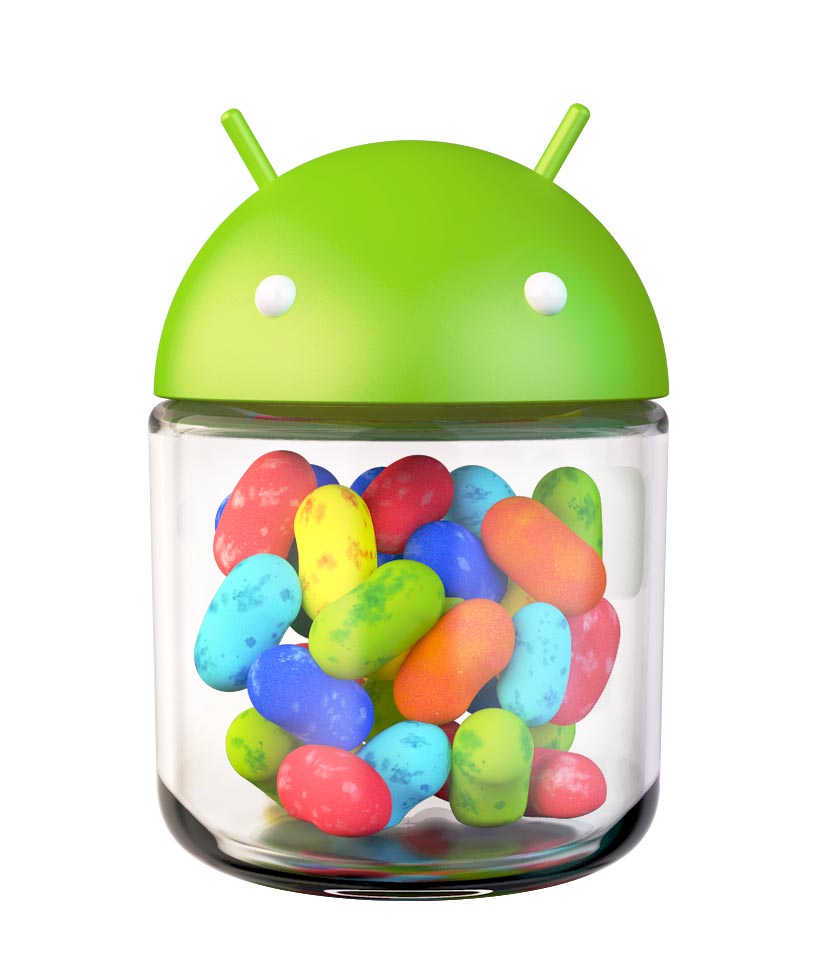Android 4.1: What’s New In Jelly Bean?
With 400 million Android devices activated, the latest version of Android, 4.1 codenamed: Jelly Bean was eventually unveiled at the keynote of Google’s I/O Developer Conference. Jelly Bean has been made to work faster and smoother, bringing a new battery saving experience to Android devices.
So here’s what’s new in Jelly Bean.
Project Butter
Project Butter is an all new processing framework that Google has built for Android to make it faster. With Project Butter, CPU and Graphic chips work hand-in-hand to make transitions faster. Android 4.1 anticipates where your finger will be at the time of refresh. When you stop using your Android device, the CPU slows down so your battery life is longer and then speeds up as soon as you touch it again.
Here’s a video of transitions in Jelly Bean versus transitions in Ice Cream Sandwich shot with a RED Camera
Notifications
Android 4.0 already had a great notification system. Android 4.1 has “Notifications shade” as its notification centre. You can email multiple people from the shade, view photos in an email and even call people in an instant.
Voice Input Update
Jelly Bean supports offline voice-to-text so you can speak-to-type messages. There’s now support for 18 more languages including Hebrew and Arabic.
Home Screen and Widgets
You know how your Android Home screen used to be limited to a particular number of Apps? No more. Icons on home screens will now move and resize as more apps are added.
Camera App
Google already made snapping photos fast in Ice Cream Sandwich. Jelly Bean allows you swipe from camera to a gallery at an instant so you can see the photos you just took and delete the ones you don’t like.
Keyboard
Jelly Bean learns and adapts to the words you use when you type and will predict what word you might type next before you do so. Includes voice-to-text abilities.
Gesture Mode for Blind Users
Blind users can use Android’s new ‘Gesture Mode’ to navigate devices and use them in combination with speech output. There’s also support for plugins that enable Braille input and output devices via USB and Bluetooth.
Android Beam
Android Beam now lets you share photos and videos with just a tap. All you have to do is touch two NFC-enabled Android devices back-to-back and then tap to beam. To sync your Android device to Bluetooth enabled headsets or speakers, just tap them together. Tapping only works with devices that support the Simple Secure Pairing standard.
Google Experience
Google Search has a new look and feel on Jelly Bean and now supports Voice Search. When you ask a question, it speaks back to you. Voice Search is powered by Google’s Knowledge Graph. Google Now is also combined with Jelly Bean so your device gives you information even before you ask.
Android obviously got better. You’ll notice that certain features like offline voice-to-text and Google now are available for Android only. Google is clearly giving you reasons why you should switch to its platfrom. Can Windows Phone compete with this?
 Technesstivity
Technesstivity








